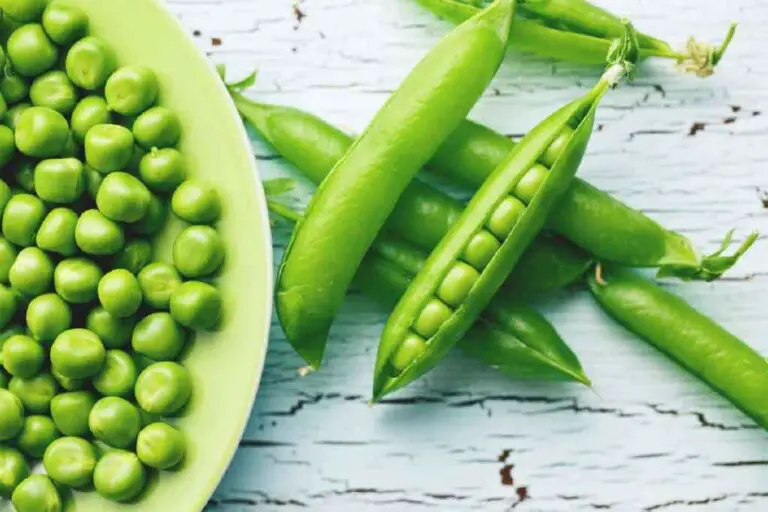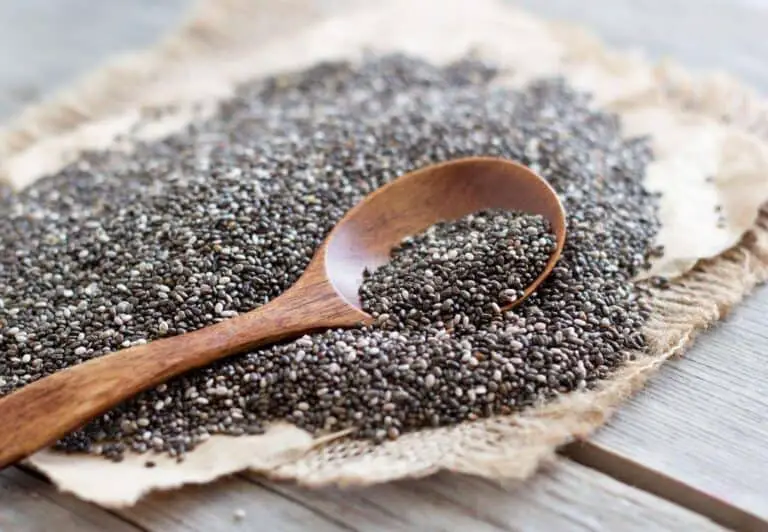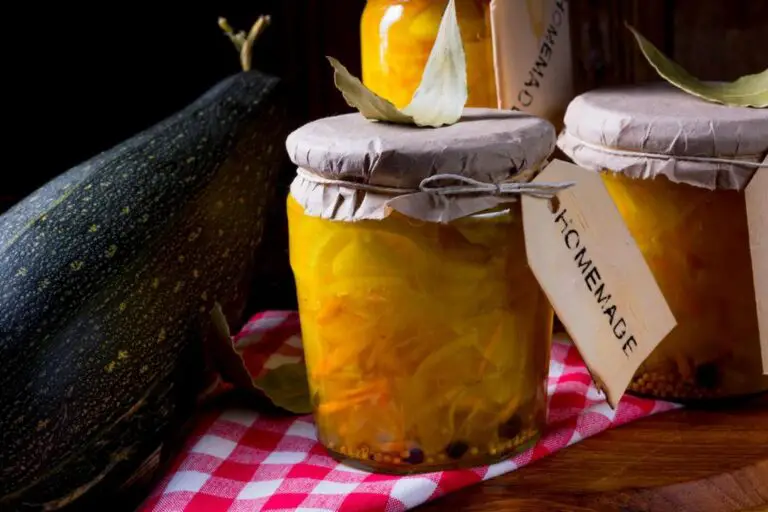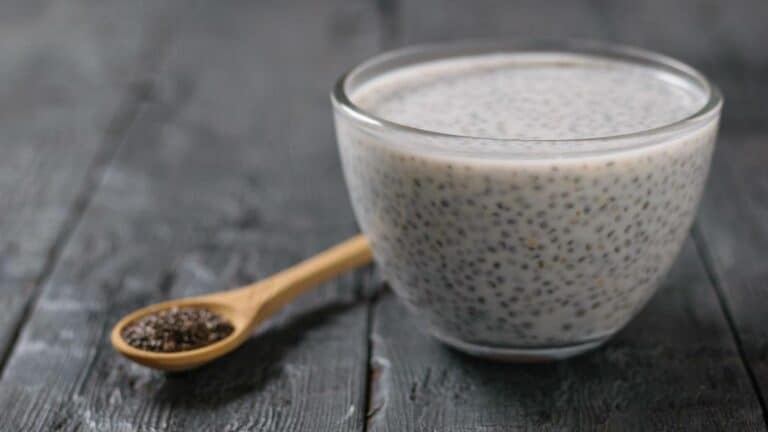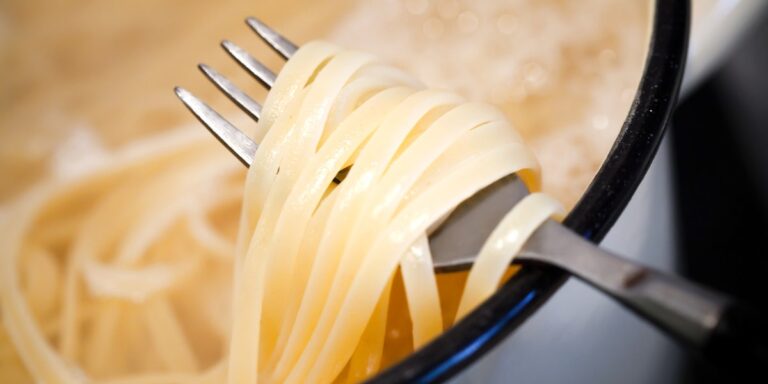From Crisp to Compost: How Long Do Bean Sprouts Stay Good in the Fridge?
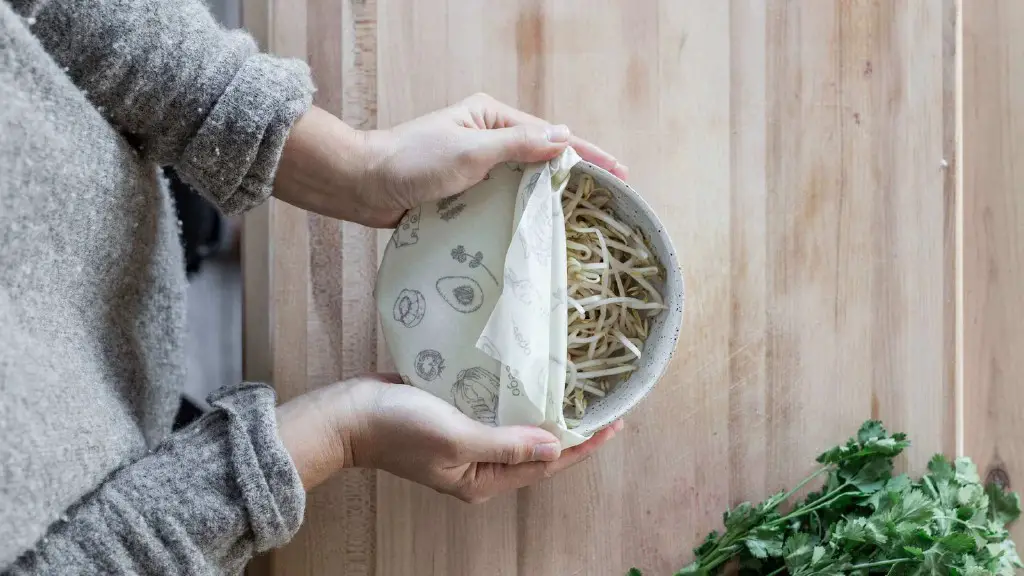
Bean sprouts. The humble little green bursts of crunch that find their way into stir-fries, salads, and sandwiches. But let’s face it: they don’t always have the longest shelf life. You might buy a bunch, get excited, and then before you know it, you’re standing over the fridge door, unsure if they’ve gone from fresh to funky.
So, how long do bean sprouts actually last in the fridge? And how can you make them last longer? Let’s dive in and uncover the full lifespan of your sprouts—and some tips for keeping them fresh as long as possible.
How Long Can Bean Sprouts Last in the Fridge?
Bean sprouts, whether they’re mung, soy, or another variety, typically have a short shelf life. You can expect them to stay fresh in the fridge for about 3 to 7 days—but, of course, this depends on how they’re stored and how fresh they were when you bought them.
I’ve had my fair share of bean sprout mishaps, where I’d buy a batch, forget about it, and then find the sprouting mess a week later. That’s when I learned the hard way that bean sprouts are not meant to be left for long. They’re like the party guests who need to leave early before they overstay their welcome.
So, how do you know when they’re past their prime?
Here’s the quick rundown of what to look for:
- Sliminess: If your bean sprouts feel slimy to the touch, that’s a major red flag.
- Funky Smell: Any sour or off smell is a dead giveaway that they’ve gone bad.
- Discoloration: If they start turning yellow or brown instead of their usual white and pale green, toss them out.
When they’re fresh, bean sprouts should have a clean, neutral scent, and they should feel crisp and firm—almost like a good celery stalk. The moment they lose that crispness, you know their time in the fridge is nearing its end.
Storage Tips to Keep Your Bean Sprouts Fresh Longer
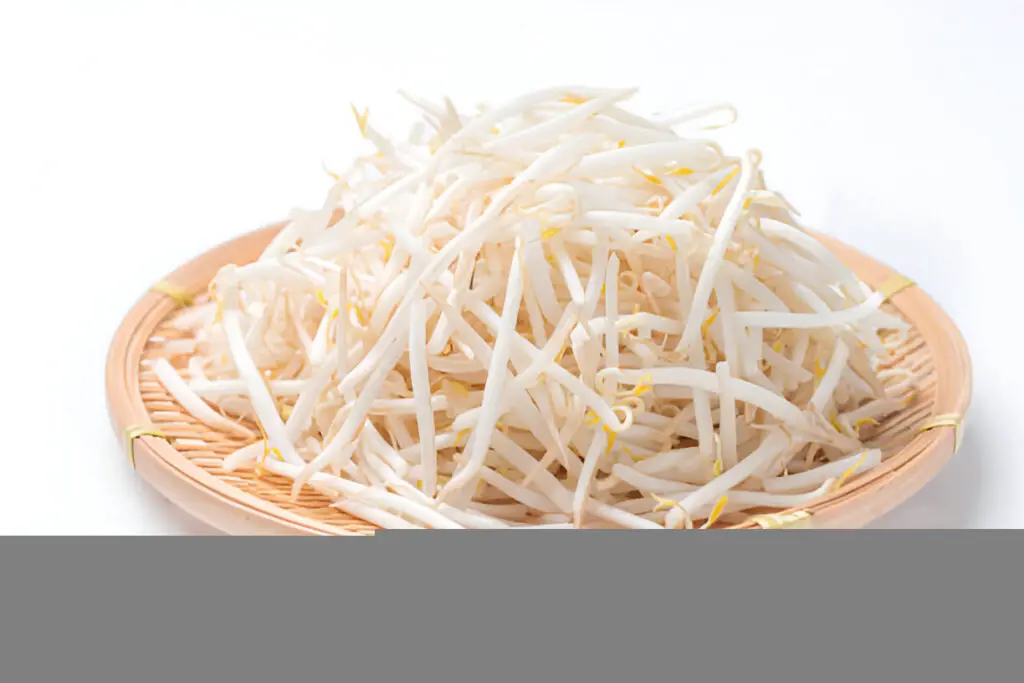
I’ve learned that proper storage is key if I want to make the most out of my sprouts. The better you store them, the longer they’ll stay fresh and crispy. Here are some of my best storage tips:
1. Rinse and Drain Before Storing
If you’re dealing with bean sprouts that you’ve sprouted yourself, rinse them thoroughly before storing. Excess water can cause them to turn mushy, so drain them well after rinsing.
2. Use a Paper Towel
Place your sprouts in a breathable container (I usually go for a plastic bag with some air holes or a container with a vented lid) and add a paper towel to absorb excess moisture. Moisture is the enemy when it comes to sprouts. The more moisture they’re exposed to, the quicker they’ll go bad.
3. Refrigerate Immediately After Purchase
If you’ve bought sprouts from the store, don’t leave them sitting out at room temperature. Get them into the fridge ASAP. A chilled environment helps slow down the sprouting process and prevents bacteria growth.
Can You Freeze Bean Sprouts?
Ah, the freezer—a place where many of my foods go to get an extended life. But does it work for bean sprouts? Honestly, I wouldn’t recommend it. Freezing doesn’t do them justice. It makes them lose their crunch, and let’s face it, the best part of a bean sprout is that fresh, crisp bite.
If you absolutely have to freeze them, blanch the sprouts first (quickly dunk them in boiling water, then ice water) to preserve their color and texture. However, you’ll still be left with a softer texture, which may not be ideal for all dishes.
How to Tell If Your Bean Sprouts Are Still Good to Eat
The key to avoiding disappointment is checking the smell, look, and texture. But here’s a quick cheat sheet for you:
| Signs | What it Means |
| Crisp, firm sprouts | Fresh and ready to use |
| Slightly limp | Still okay, but use soon |
| Slimy texture | They’ve gone bad, toss them |
| Discoloration (yellow/brown) | Past their prime, not safe to eat |
| Sour or off smell | Time to say goodbye |
How to Use Bean Sprouts Before They Go Bad
If you’re getting close to the expiration date and need to use up your sprouts, there are a ton of ways to incorporate them into your meals! Here are some ideas to make sure nothing goes to waste:
1. Stir-fries
A classic! Toss those sprouts in a sizzling wok with your favorite veggies, proteins, and a dash of soy sauce. They’ll add that extra crunch and freshness to your dish.
2. Spring Rolls
Wrap your bean sprouts up in rice paper with shrimp, avocado, and fresh herbs for a quick and healthy snack.
3. Soups and Noodles
Bean sprouts are great for adding texture to hot broths. They don’t need long to cook, so you can add them at the last minute for a light crunch. Try adding them to pho or ramen.
4. Salads
If you’re into fresh, raw salads, bean sprouts make a perfect topping. They’re a great addition to a simple green salad or a bowl of Asian-inspired veggies.
5. Smoothies (Yep, Seriously)
For a health boost, blend a small handful of sprouts into your smoothie. They add fiber and vitamins without changing the flavor too much.
Are Fresh Bean Sprouts Safe to Eat?
Fresh bean sprouts can be a delicious addition to salads, sandwiches, and stir-fries. However, many people wonder if they’re really safe to eat. The answer is yes, but with a few important precautions. Bean sprouts are known for their crisp texture and nutritional benefits, but they are also highly perishable, which means they need to be handled properly to avoid contamination.
1. Risk of Bacteria
While bean sprouts themselves are not harmful, they are grown in warm, humid conditions, which can promote the growth of harmful bacteria like E. coli or Salmonella. For this reason, it’s important to buy them from a reputable source and ensure they’re fresh when you purchase them.
2. Storage Tips
To keep them safe to eat, store your bean sprouts in the fridge as soon as you bring them home. Use them within a few days—ideally, within 3 to 5 days—and always wash them thoroughly before consumption. If you notice any signs of spoilage, such as a slimy texture or off smell, discard them.
3. Cooking Options
If you’re still concerned about bacteria, cooking bean sprouts can reduce the risk. Stir-fry, steam, or add them to hot dishes for a few minutes before eating. This will help kill any bacteria that might be present, while still preserving their delicious crunch.
In conclusion, fresh bean sprouts are generally safe as long as you store them properly and follow good hygiene practices. Enjoy them, but handle them with care to ensure they stay fresh and safe.
| Check out: Can You Dehydrate Brussel Sprouts and How to Do It? |
The Bottom Line: Bean Sprouts Have a Short Lifespan
At the end of the day, bean sprouts aren’t meant to last forever, but with the right care, they can stretch their lifespan just long enough for you to enjoy them in your meals. Keep them cold, dry, and properly stored, and you’ll get the full, crisp experience.
It’s all about enjoying them while they’re fresh and crispy—because once that freshness fades, so does their flavor.
If you do happen to forget about them and find yourself holding a sad, slimy bag of sprouts—don’t worry, we’ve all been there. Just compost them, learn from the experience, and make sure next time they get eaten while they’re still in their prime.
What’s your favorite way to eat bean sprouts? Have any tips or tricks for keeping them fresh longer? Let me know in the comments—I’d love to hear your thoughts! 🌱

